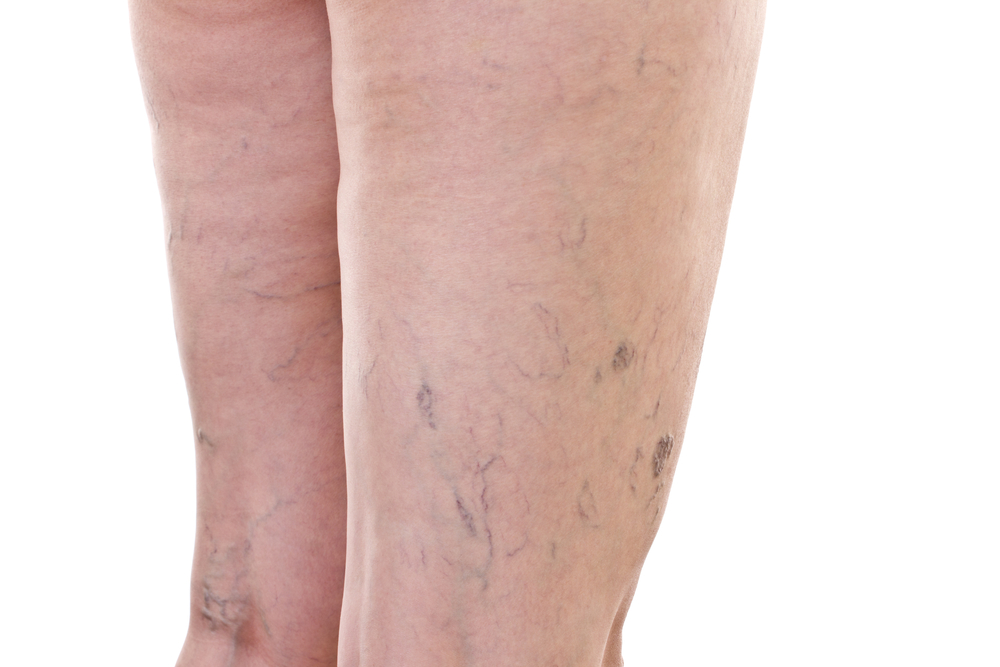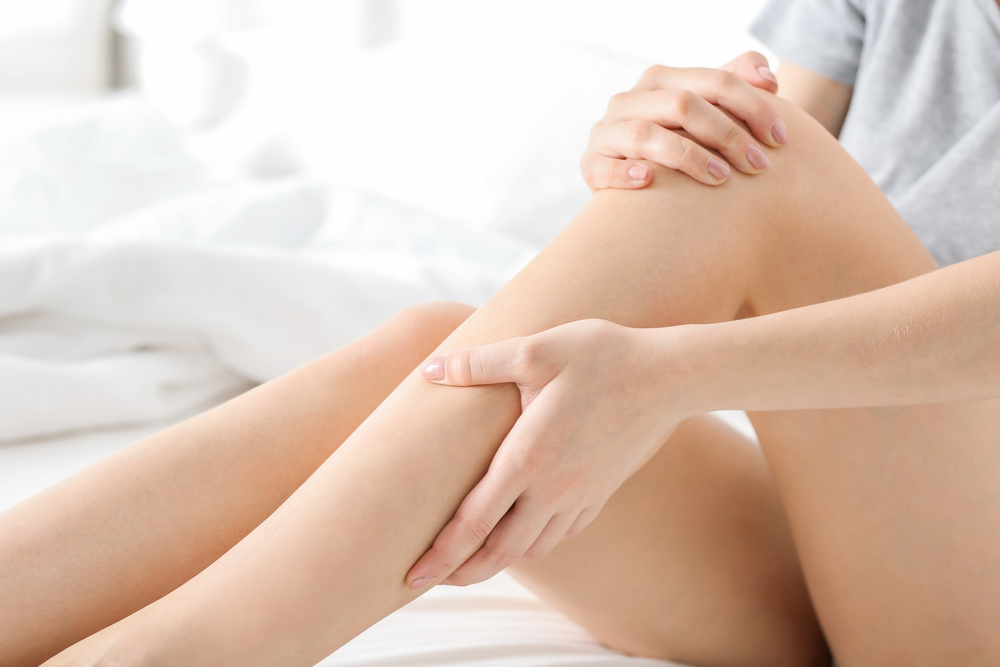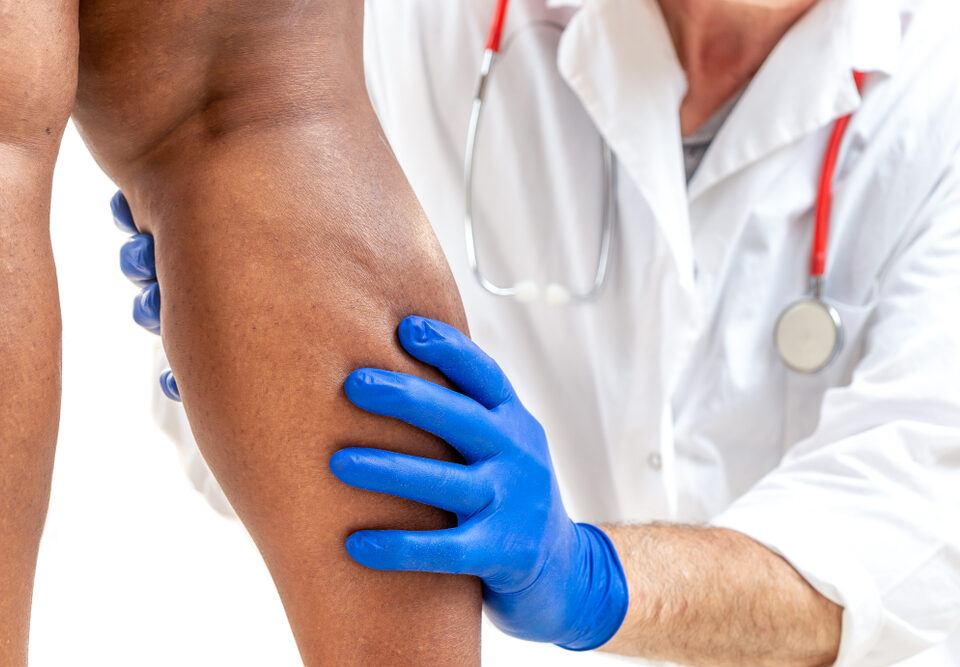
Signs and Symptoms of Vein Disease
July 18, 2018
What Causes Leg Spasms?
August 1, 2018Most people have been woken up by a charley horse and know the discomfort that it can cause in the middle of the night.
For many men and women, these muscle spasms occur infrequently with temporary soreness and disturbance. However, some patients experience recurrent or severe charley horses that require medical intervention.
Because a charley horse can happen to anyone, of any age, it’s important to be aware of the causes, risks, and treatments for this type of muscle contraction.
What Is a Charley Horse?
A charley horse is a muscle spasm that can occur in any part of the body, but is most common in the legs. It often presents during the night as an uncomfortable muscle contraction that can last several seconds and cause pain and discomfort.
Depending on the duration and severity of the charley horse, subsequent soreness can last several hours to a day. However, most of these muscle spasms can be treated at home and occur infrequently.
If a patient experiences chronic charley horses, he/she may have an underlying medical condition that should be evaluated by a physician.
What Are the Common Causes of a Charley Horse?
Although charley horses can occur at any time of the day, they have a propensity to strike as we sleep. While researchers have not yet identified an exact cause of nighttime muscle spasms, they may be due to awkward sleeping positions.
A charley horse can also be caused by a number of other factors including: inadequate blood flow to the muscle, muscle injuries, exercising in excessive heat or cold, stress, nerve compression, low potassium levels, and mineral depletion.
What Are the Risk Factors for a Charley Horse?
Men and women of any age can experience a charley horse, but these uncomfortable muscle contractions are more likely to occur in certain individuals and situations.
For example: Failure to properly stretch before exercise and muscle overuse increase an athlete’s risk of a charley horse.
Additionally, infants, older adults, people taking certain medications, like diuretics or statin drugs, and smokers have a greater chance of experiencing these muscle spasms.
Lastly, obese patients are more prone to a charley horse because of poor leg circulation.
How to Treat a Charley Horse?
It’s important to identify any underlying causes before treating a charley horse.
In many instances of infrequent muscle spasms, patients can take care to stretch before exercise and apply heating pads to relax muscles. Ice packs may also be applied to numb pain, and NSAIDs, like ibuprofen, help reduce inflammation and soreness.
However, if an individual has recurrent charley horses, he may be advised to take NSAIDs and/or prescription pain medication. For more severe cases, antispasmodic medication and physical therapy can help alleviate discomfort and decrease frequency of muscle spasms.
Finally, surgery may be a last resort if chronic charley horses are caused by nerve compression.
For additional information about the causes, risks, and treatment for charley horses, please call the Vein Center of Maryland to schedule an appointment.
We are conveniently located in Westminster, Eldersburg, Baltimore, Hunt Valley and Bel Air, Maryland.



